1. Overview
- The NHMS-4 monitors continuously ammonium ion concentration in industrial wastewater, river and lake using an Ion Selective Electrode (ISE) with auto- calibration and auto-cleaning functions.
- Conventional method for measuring the total amount of ammonium ion requires distillation. This is a time-consuming process and must be performed by a highly skilled operator. By eliminating the distillation process, this model is able to continuously measure the concentration of ammonium ion by mixing a special total ion strength adjustment buffer (TISAB) with the sample.
- This TISAB is capable of ionizing some of the non-ionic ammonium. As a result, the instrument is able to measure both ammonium ion and some of the non-ionic ammonium and provides a useful tool for preventing the leakage of ammonium ion from in your facilities.
- Features:
- Eco-friendly, Economic Halved Reagent: Flowrates of the sample and the TISAB are reduced by half (comparing to former model NHMS-3) without performance degradation by flow stabilization and decreasing dead volume in the measurement system. This improvement leads to saving running cost and low impact to the environment.
- Expanded range of the TISAB
The ion selective electrode measures the ammonium ion with the TISAB. A different range of TISAB can be selected to fit the characteristics of the sample and the purpose of measurement. Automatic Calibration cycle Adapting System (ACAS) During monitoring wastewater the sensor is regularly exposed to dirt and other impurities.
- The accumulated dirt on the sensor is the most common cause of instrument malfunction. Regular cleaning and calibration at appropriate intervals are essential to ensuring the consistent accuracy of measurements. The “Automatic Calibration cycle Adapting System (ACAS)” resets the on-going auto- cleaning and auto-calibration schedules when it detects a decline in the sensitivity of the ISE. Effective cleaning by the ACAS prevents measurement accuracy from degrading.
- USB memory for retrieving measurement data Measurement results are sent to the host system via analog transmission or digital communication (Modbus). The calibration and measurement data can also be saved in CSV format to a USB memory device, allowing you to process and analyze data on a computer.
- Space-saving design. Reducing reagent consumption provides down-sizing the instrument by shrinking the reagent tank. In addition, the unit features a structure that allows maintenance to be performed from the front, thereby dramatically reducing the amount of space needed for installation.
- 3-point calibration is available as an optional feature
- This model features 3-point calibration for stable measurement covering a wide range of concentrations, from extremely low to high. This feature improves the accuracy of calibration in the low concentration range.
2. Specifications
- Dimensions : 500 (R) x 450 (S) x1500 (C)mm
- Weight : Approx. 100 kg (except reagent)
- Installation conditions: Indoor. No direct sun light. Ambient temperature; 0 – 40°C (no sample/wash water freezing). Ambient humidity; Less than 85%RH (no condensation)
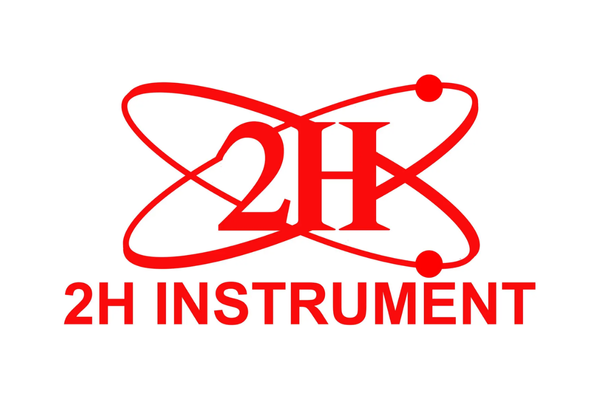
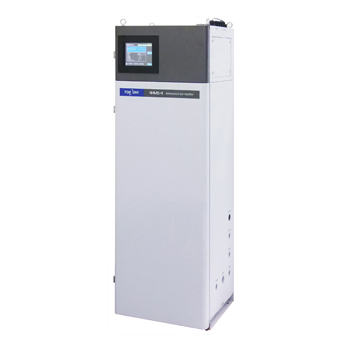

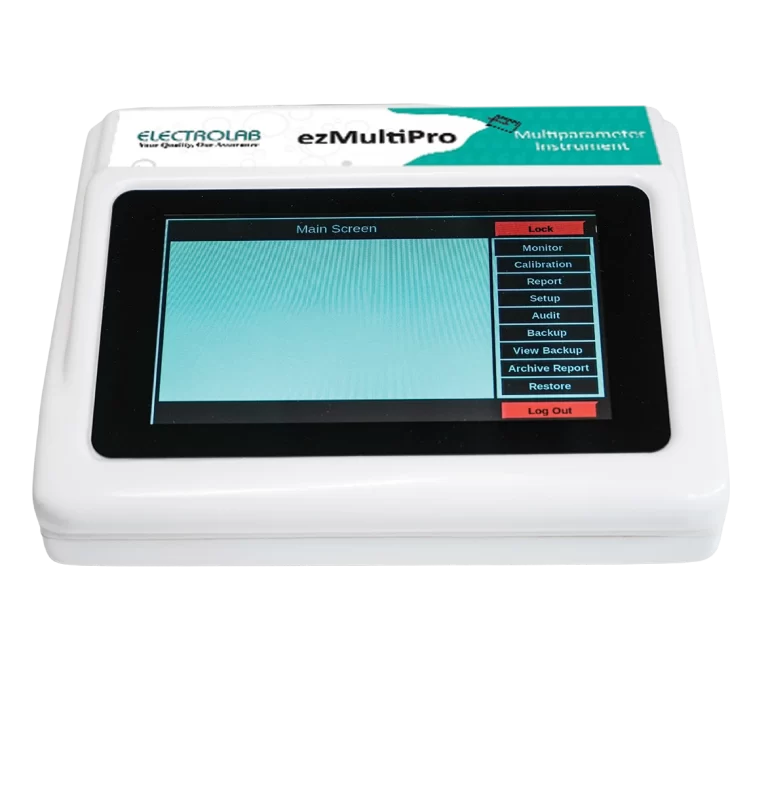
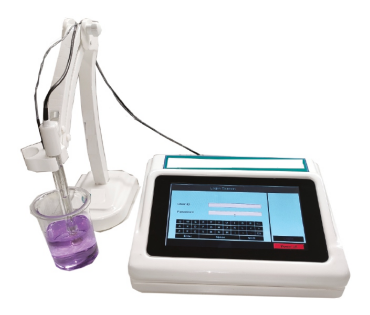
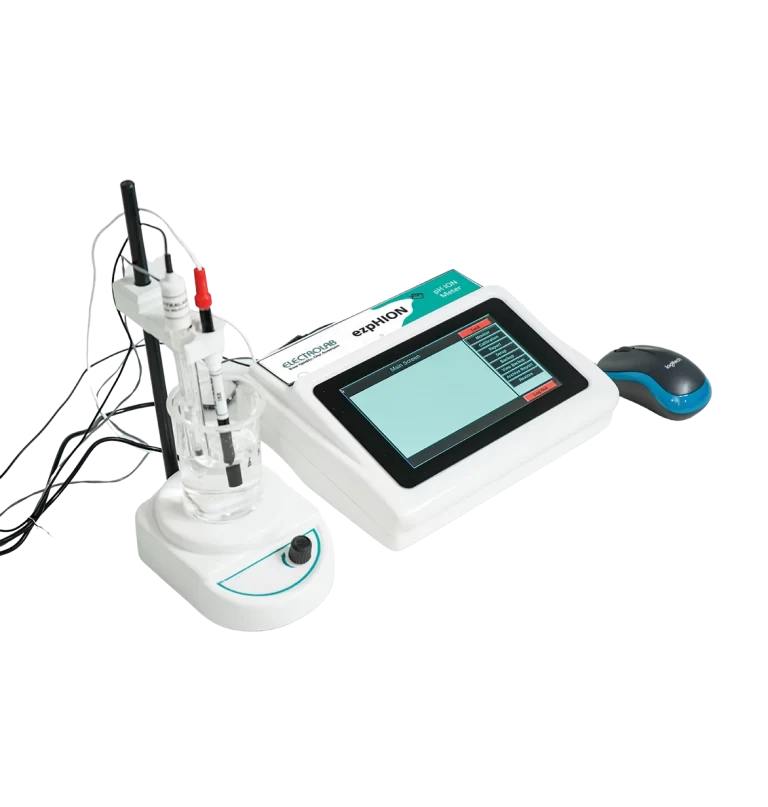
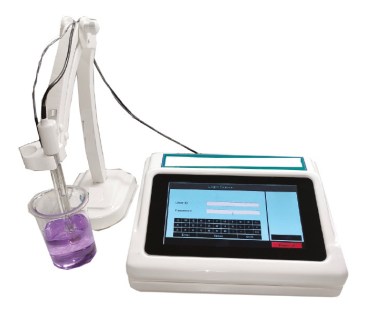
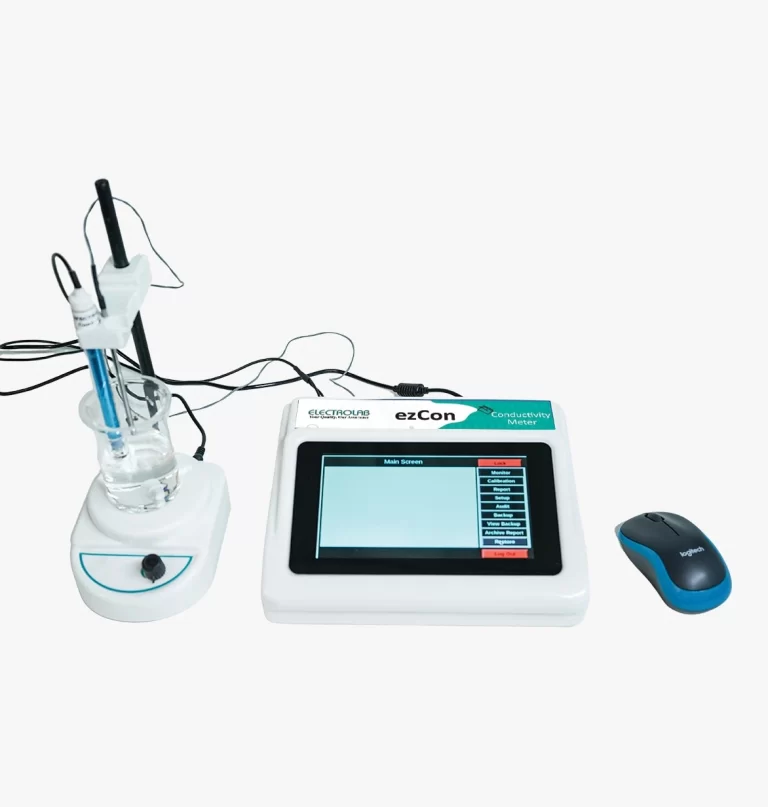
Reviews
There are no reviews yet.